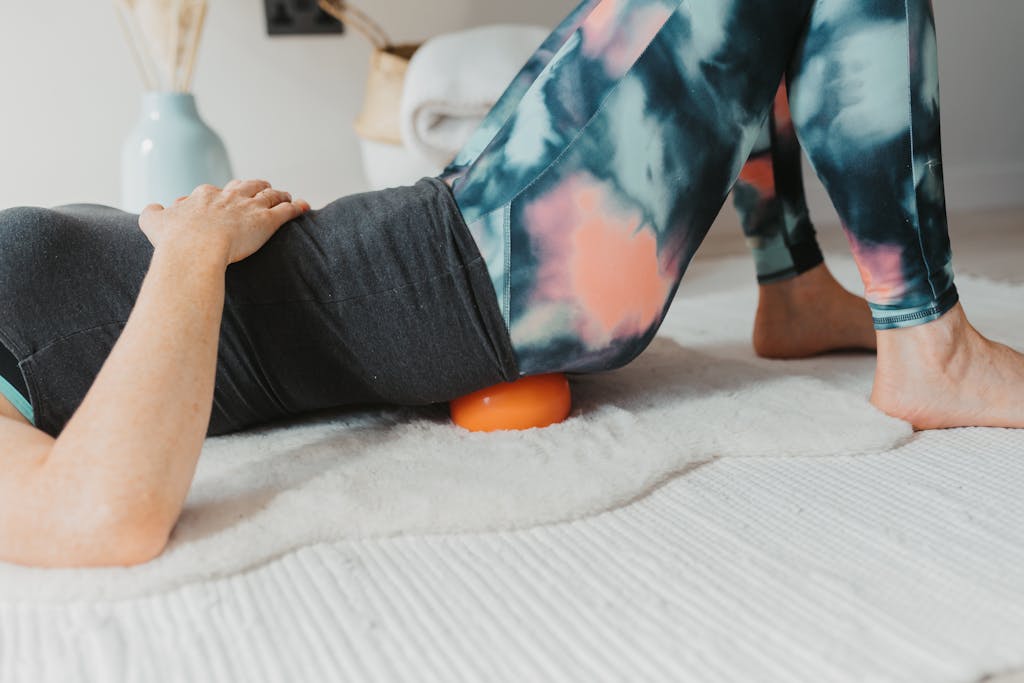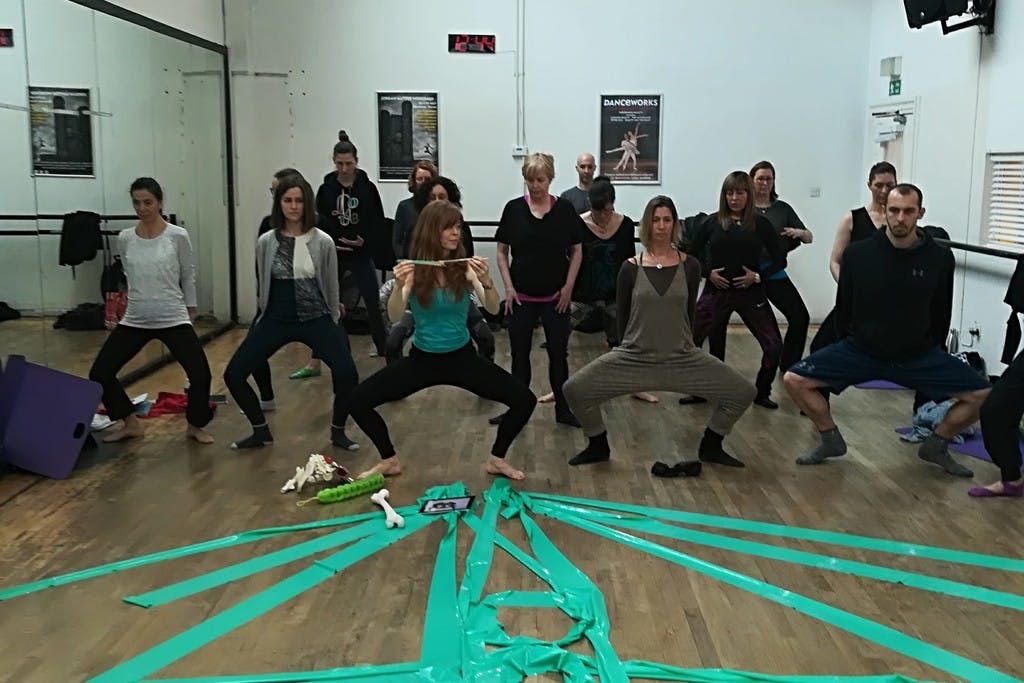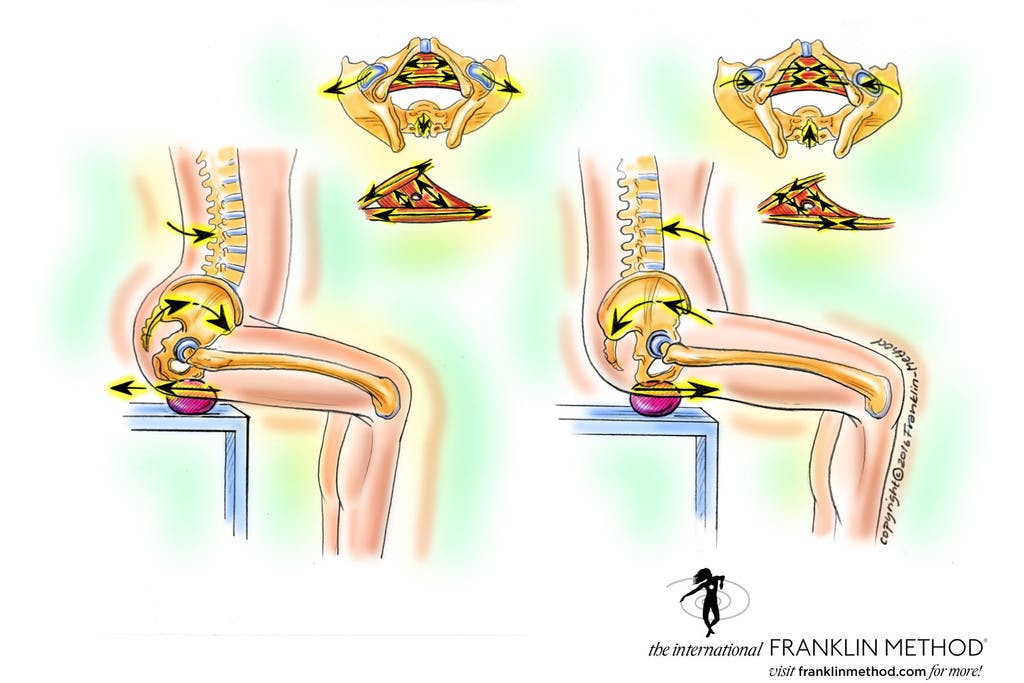THE TRUTH ABOUT PELVIC FLOOR HEALTH REVEALED
There are certain parts of the body that always get more attention than others.
The pelvic floor (especially in the female demographic) is definitely a popular area of discussion in Pilates, yoga and physical therapy. This is a good thing as so many women and men suffer from pelvic floor issues.
There are whole practices dedicated specifically to pelvic floor health. In pre and post natal Pilates sessions it’s very common that the pelvic floor is the central focus ensuring the muscles are strong and well co-ordinated.
In contrast to this, I have also taught thousands of women that have left the hospital after having had a baby or pelvic surgery, with the instructions to 'do their pelvic floor exercises'- with absolutely no clue what that actually means, other than stopping the flow of water?!
In this blog, I aim to give you more support around how to train your pelvic floor to improve continence, pelvic and lower back support, balance, flexibility and even force absorption!
The current pelvic floor paradigm
There are two recurring themes I keep coming across in articles, blogs and teachings about the pelvic floor. The first is an over emphasis in isometric contractions (no movement) of the pelvic floor musculature. The second is not taking into consideration that the body is an integrated organism. What I mean by an intreated organism is that there are other areas of the body that will have a direct or indirect influence on the pelvic floor, having an affect on it’s function and over all health.

Too Much Tension In The Pelvic Floor
Many woman and men, surprisingly have too much tension in the muscles of their pelvic floor (don't confuse tension for strength here). When there is too much rigidity / tension and not enough movement, a muscle loses it's ability to respond in an adaptive fashion.
When this is the case, it doesn’t make sense to perform exercises that actually increase the level of tension / in-adaptability at the pelvic musculature.
The most famous exercise for the pelvic floor, the Keggle is a great example of this. Don’t get me wrong, every exercise and technique has it’s place and everything depends on the person’s individual needs and goals. However, instructing everyone to ‘lift their pelvic floor’ and ‘hold’ isn’t the best tactic for everyone (especially not in a squat / yoga chair pose position when the muscles are actually designed to 'lengthen')
Most people will benefit greatly from releasing some tension from their pelvic floor.
Yes, you want a certain level of tonus at the pelvic floor, but this tonus should be adaptive which means the appropriate amount of muscle tonus for the situation.
The issue with the Keggle is it doesn’t train the pelvic floor to move very well. It’s trains the muscles mostly in the isometric state, with little or no focus on the concentric and eccentric phases. In our everyday life, the ability to isometrically hold the pelvic floor can come in handy- but we actually use it's concentric and esoteric contractile ability far more!
The pelvic floor is being exercised every time you go for a walk or when you squat, infact a lot of your daily activities are an opportunity to exercise your pelvic floor muscles!
HOW?
Well, because the pelvic floor muscles attach to the bones of the pelvis, and the bones of the pelvis move as your walk, as you bend your legs and perform most of your daily activities. Even movements like downward dog or pelvic tilts in yoga and pilates require the pelvic bones to move. If the pelvic bones are moving, the pelvic floor musculature is responding. If it didn’t respond with a contraction, the pelvis wouldn’t move very well, an this can have a knock on affect to the lower back and knees…

The Integrated System
This brings me onto my second and final point about what needs to have more focus when aiming for optimal pelvic floor health… the body is an organism! The pelvic bones as mentioned above is already an example of the integrated system. If the sacrum doesn’t move well (which is very common in women with pelvic floor problems), the levator ani won’t be contracting as well as it could do.
The ligaments of the pelvis (some of the strongest ligaments in the body) provide attachments for some of the pelvic floor muscles i.e the ischiococcygeus attaches into the sacrotuberus ligament). The gluteus maximus also has attachments onto this ligament. So the muscle tonus of the gluteus maximus will have a direct influence on the pelvic floor… When you exercise the gluteus maximus, you’re indirectly exercising your pelvic floor. When you stretch or massage the gluteus maximus, the pelvic floor will be influenced. The human body is one organism.
PELVIC FLOOR HEALTH ISN’T ABOUT JUST FOCUSING ON THE PELVIC FLOOR
it’s also taking into consideration other areas of the body. Whole body health and pelvic floor health shouldn’t be exclusive from one another. This is an area I’m deeply interested in. Your mind, your body, your diet, your family, your friends, your fitness routine - it’s all one thing. It’s your ecosystem. Humans are holistic in nature. Your diet, how you walk, even how you think will have a significant influence on pelvic floor function.

How does this help you?
Your pelvic floor training needs to be dynamic- watch the above video to pick up some more tips on how to build functional strength into your pelvic floor muscles. Please get in touch with me if you would like any more support- I am a pelvic floor expert and very happy to help!
It's amazing how understanding, sensing and visualising your pelvic floor muscles can make huge improvements to your continence, pelvic and lower back support, balance, flexibility and even force absorption.

How can I learn more?
Join The Ultimate Pelvic Floor Plan Waitlist
I really look forward to seeing you class!
If you have any questions, email me on me@rachhall.com
Love,
Rachael x
